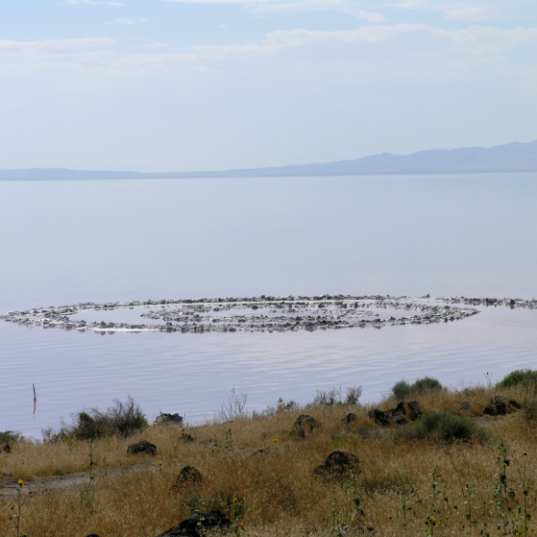Sustainability is present in many aspects of our everyday life. We ensure we take care of the environment, we desire balanced economic development, and we defend social wellbeing in many fields. One of these is art, as a vehicle of expression, a medium or an indictment, on behalf of sustainable development. Want to know how this symbiosis between art and sustainability works?
From a thematic perspective, art and sustainability have a long history. Although landscapes can be found in old Chinese ink engravings, drawings on Ancient Egyptian tombs, Roman frescoes from 1 BC, and rural motifs in the divine works of the Middle Ages, it was not until the Renaissance, in the 15th and 16th Centuries, that nature acquired autonomy in painting, especially in the hands of Flemish and German artists. The relationship between painting and sustainability, in the environmental sense, intensified as it became a constant in pictorial art. The arrival of Baroque, Romanticism, Impressionism, then Post-impressionism and later movements, saw a vivid interest develop in the use of natural resources.
Art and sustainability beyond the thematic

To encounter the next relevant stage in the relationship between art and sustainability, it is necessary to travel to the second half of the last century. If, up to this moment, art had interacted with sustainable development only at the thematic level, as simply the content of the work, at the end of the 1970s the Land Art movement, also called Earth Art and Earthwork, came to communicate an important sustainability message through its very form, the materials used and their impact on the environment.
The most famous example of Land Art is Spiral Jetty by Robert Smithson. This is an enormous sculpture in the Utah desert made from 5,000 tons of basalt, built out into the Great Salt Lake in the shape of a spiral. Like the rest of the Land Art produced, Spiral Jetty was influenced by the landscape of which it forms part, intertwining with its surroundings completely. Land Art became the first sustainable creative movement, both in form and content, due to its use of materials such as wood, earth, sand, stones, water, and so on. Also, it is subject – like nature itself – to the weather, which often provokes changes in the composition as if it were indeed just another natural element.
The impact of art on nature
With the arrival of the new millennium, the artistic community continued to develop sustainable art, noting its impact at the social and environmental level. As with sustainable architecture, sustainable artists now seek to optimize the use of natural resources to reduce the environmental footprint of their work.
The relationship between art and sustainability, though, is not limited to physical media, be that sculpture created from natural materials or paintings made from materials respectful to the environment. It goes beyond what can be seen a priori in the work.
Art and Sustainability through paintings
This can indeed be found in Art and Sustainability. Social Challenges from Thyssen-Bornemisza Collection, which ACCIONA and the Thyssen-Bornemisza Museum have developed together. From Claudio de Lorena to Natalia Goncharova, Vincent van Gogh to Romare Bearden, different styles that define the eras the authors represent, such works reflect the protection of natural landscapes, the growth of cities, the consequences of industrialization, the emergence of women artists, the use of resources and reuse of waste. Visitors to the exhibition will enjoy a unique itinerary that helps them understand how the world has developed, while they admire the work of some of the most important painters of the past 500 years.
Sources: Arte Sostenible, Futuro Sostenible, Curve, Oxfam Intermón, Recuore and Facultad de Bellas Artes de la Universidad Complutense de Madrid.